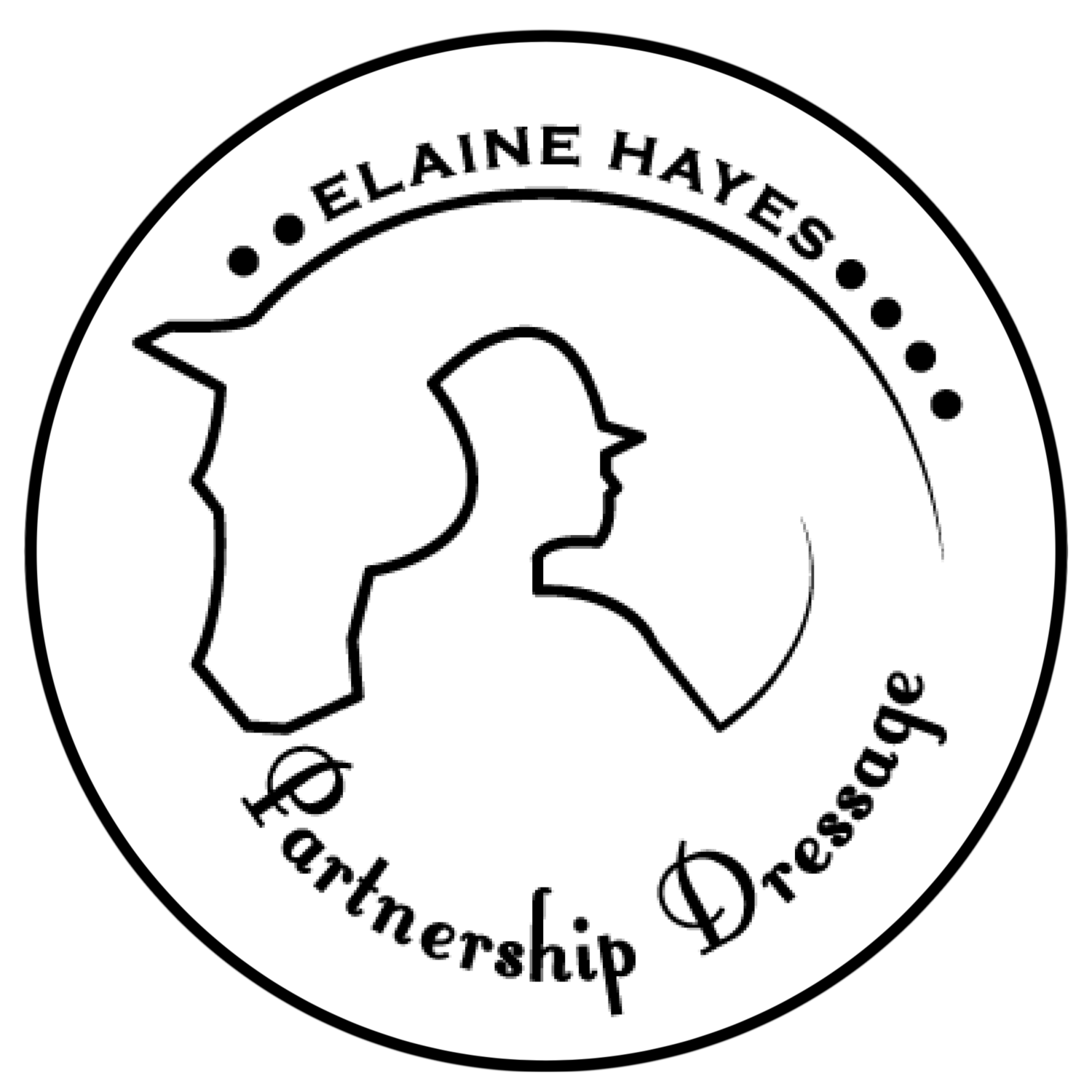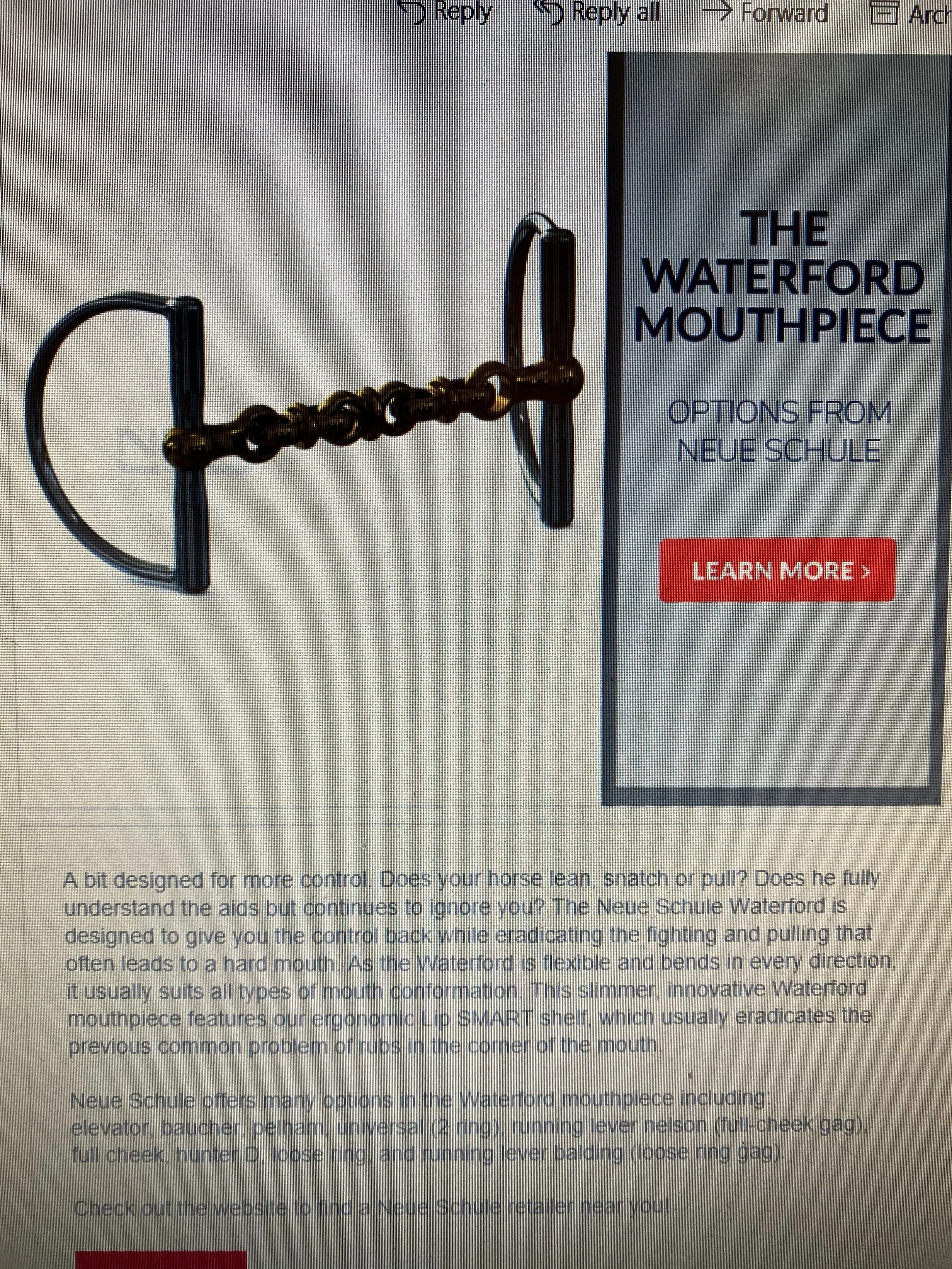Thoughts on a USEF Ad
A few weeks ago I got an email from the USEF with an ad about a new bit. The language used to sell this bit was, in my opinion, horrifying. I couldn’t help but think this is what’s wrong with competitive equestrian sport these days.
So let’s break down what they’re actually saying...
“Does your horse snatch or pull?”
I say: loosen your death grip on the rein, make sure you are riding in balance and lightness, and stop pulling on your horse’s mouth!
Horses don’t lean or pull in a vacuum. It usually starts with the tension in the rider (most are unaware). And it becomes a slippery slope of ever increasing pressure, and this is precisely when the rider does NOT need to be sold on some kind of magic bullet or easy fix.
“Does he fully understand the aids yet continues to ignore you??”
Are you sure? How so? Are there no other factors present in this cycle? Do you bare no responsibility for him ignoring you? I say: Are you sure he understands the aids?? I would argue if your horse understood the aid and the aid was fair- the horse will comply. All horses.
What I see in the sport is a fundamental lack of understanding of basics. A lack of patient explaining of the aid to the horse. Horses, by their very nature, are inclined to work. You show me a horse that isn’t and I will show you a horse that does not have a correct foundation of communication and has stopped listening to the rider out of shear exhaustion of trying understand what the heck the rider is ‘talking’ about.
This is all fixable. I’ve done it dozens of times with even the “worst” horses. You give the horse a better deal, they take it. Always.
And to the “common problem“ of lip sores? See the above answer. STOP PULLING!!!!!!!
If your horse has sores on the corner of his mouth, you are well down the wrong road and you should turn around now, not buy a new bit and keep doing the same things.
I actually recently recorded a video series on contact which I will post in the coming days that will shed some light into what actually goes on with most dressage riders’ contact and how that affects your horse. Without classical, clear, structured examples and education, people fall for the “easy fix“ of a bit like the one described in the ad. But, of course, we know how this ends, how it always ends, with a horse in distress with no options, living in learned helplessness for the rest of his useful days.
I’d like to think most people want more for their horse. I know I do.
I’d like to share some of my experiences and help riders give their horse a better deal. They’ll take it and breathe a sigh of relief, I promise!

